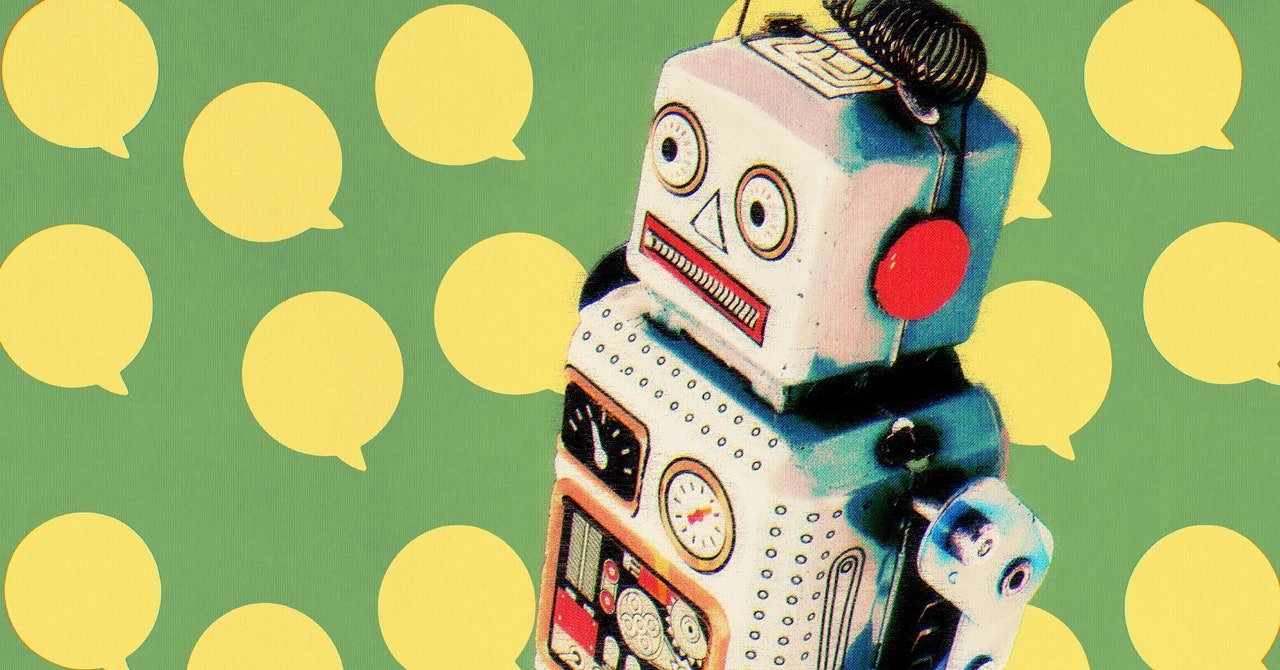When OpenAI It announced GPT-4, its latest major language modelLast March, it sent shockwaves through the tech world. It was clearly more capable than anything seen before in chatting, programming and chatting Solve all kinds of thorny problems-Included Homeworks.
AnthropicOpenAI’s competitor, OpenAI, announced today that it has made its own breakthrough in artificial intelligence that will advance chatbots and other use cases. But although the new model is the best in the world by some measures, it represents more of a step forward than a big leap.
Anthropic’s new model, called Claude 3.5 Sonnet, is an upgrade to the existing Claude 3 family of AI models. It is more adept at solving mathematical, programming, and logic problems that are measured by commonly used standards. She’s also much faster, understands the nuances of language better, and has a better sense of humor, Anthropic says.
This is undoubtedly useful for people trying to build applications and services on top of Anthropic’s AI models. But the company’s news is also a reminder that the world is still waiting for another leap forward in AI similar to that offered by GPT-4.
Expectations that OpenAI will release a sequel called GPT-5 have been growing for over a year now, and the company’s CEO, Sam Altman, has said so. It encouraged speculation It will bring another revolution in artificial intelligence capabilities. GPT-4 training costs more than $100 million, and GPT-5 is widely expected to be much larger and more expensive.
Although OpenAI, Google, and other AI developers have released new models that outperform GPT-4, the world is still waiting for that next big leap. Progress in AI recently has become more incremental and more dependent on innovations in model design and training rather than brute force scaling of model size and computation, as happened with GPT-4.
The company’s new Claude 3.5 Sonnet model is larger than its predecessor but derives much of its new efficiency from innovations in training, says Michael Gerstenhaber, Anthropic’s chief product officer. For example, the model was given feedback designed to improve his reasoning skills.
Anthropic says Claude 3.5 Sonnet outperforms the best models from OpenAI, Google and Facebook on popular AI benchmarks including GPQAa graduate-level test of expertise in biology, physics, and chemistry; MMLUIt is a test that covers computer science, history, and other subjects; And HumanEval, which is a measure of coding efficiency. Improvements are a matter of a few percentage points though.
This latest advance in artificial intelligence may not be revolutionary, but it is fast-paced: only human Announce Its previous generation of models was released three months ago. “If you look at the rate of change in intelligence you will appreciate how fast we are moving,” Gerstenhaber says.
More than a year after GPT-4 spurred a wave of new investments in AI, big new leaps in machine intelligence may be getting harder to come by. As GPT-4 and similar models are trained on huge swaths of text, images and video online, it has become more difficult to find new sources of data to feed machine learning algorithms. It is expected that making models that are much larger and more capable of learning will cost billions of dollars. When OpenAI announced its latest upgrade last month, with A model with audio and video capabilities is called GPT-4othe focus was on a more natural and human interface rather than on more intelligent problem-solving capabilities.

